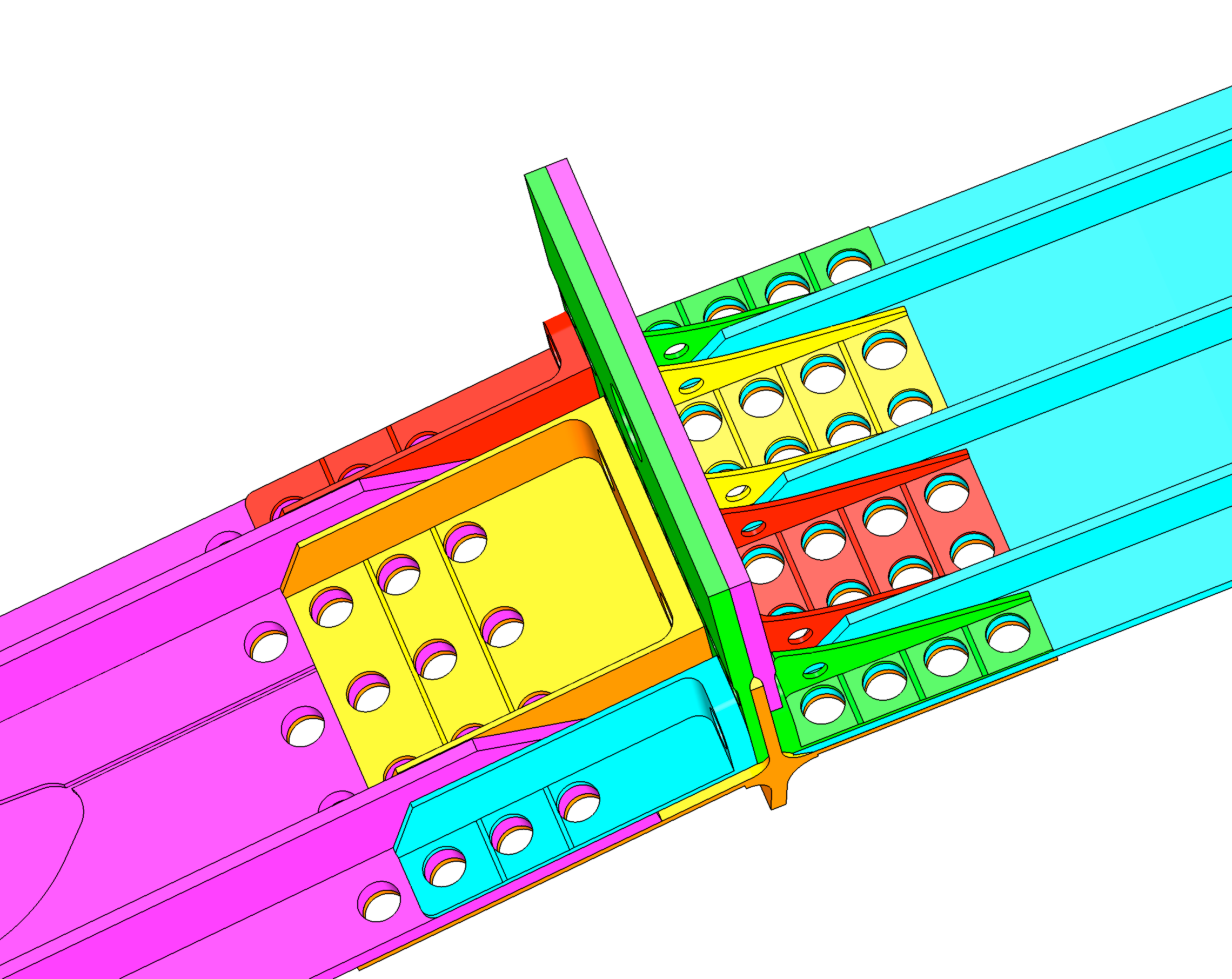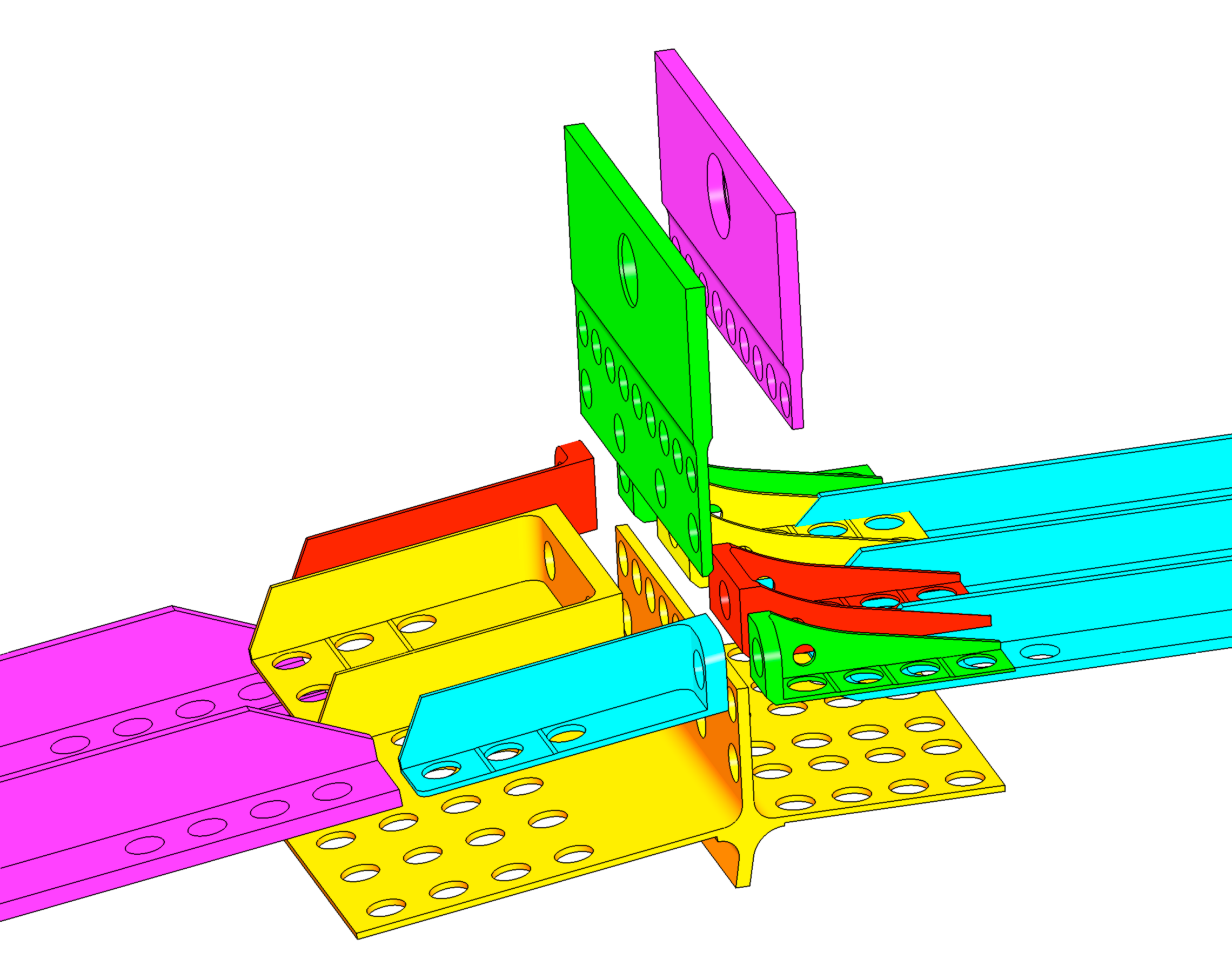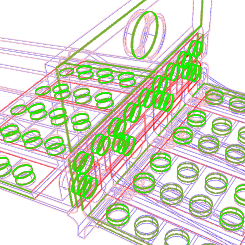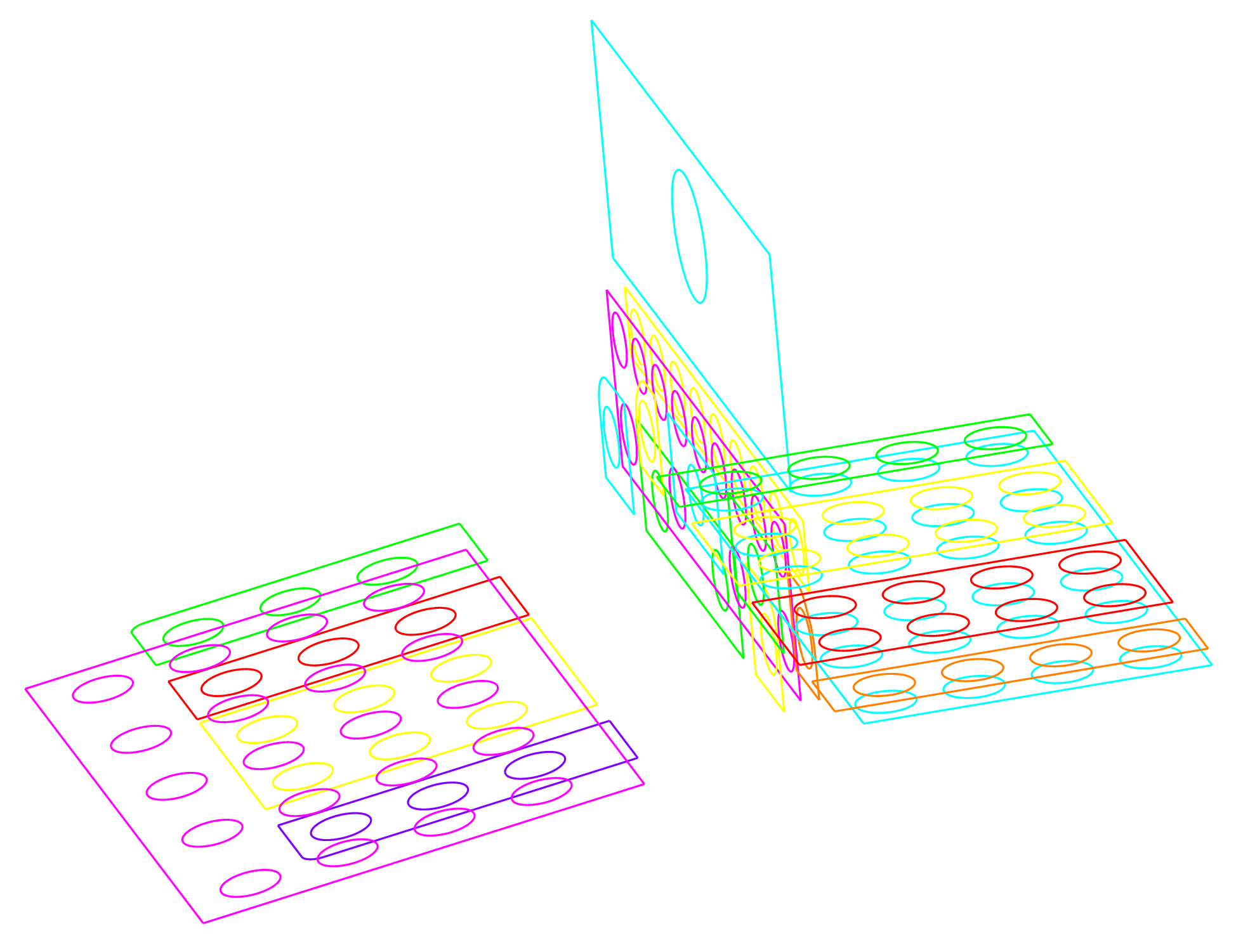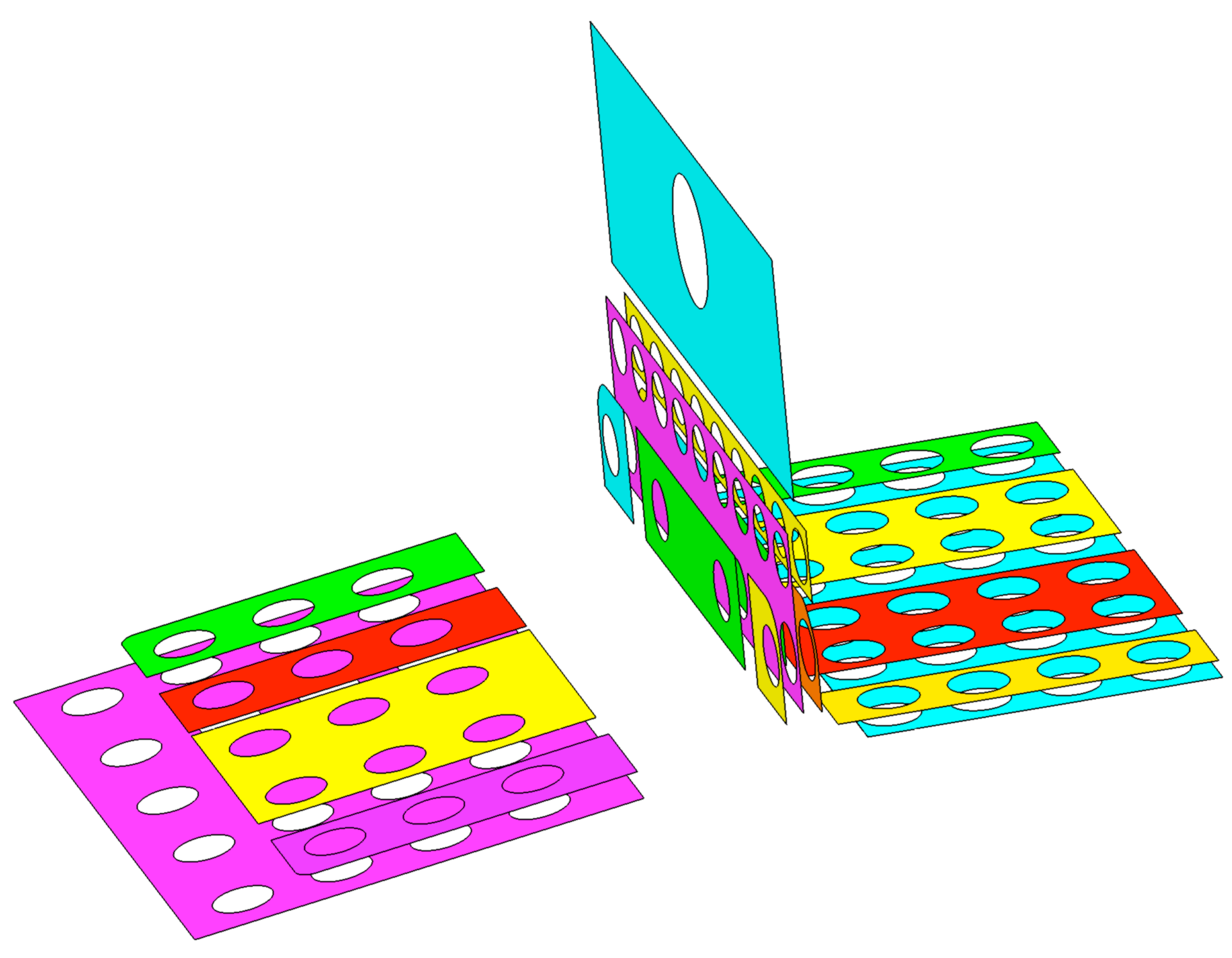Section: New Results
Visualization
Morse-Smale complexes
Participants : Léo Allemand-Giorgis, Georges-Pierre Bonneau, Stefanie Hahmann.
Preserving meaningful local extrema of scalar data in a visualization while removing nearby extrema with similar values is a powerful way for enhancing the appearance of significant features. For the special case of monotonic data, e.g. data with no local extrema in the interior of the domain, the visualization should not introduce spurious local extrema. We study a new piecewise polynomial interpolant that preserves the monotonicity of scalar data defined on a 2D uniform grid. Based on this interpolant, we also plan to introduce a new method for visualizing data that has been simplified according to its Morse-Smale complex, a combinatorial structure connecting the critical points and partitioning the domain into a set of monotonic regions. In contrast with previous analogous works, our approach uses piecewise polynomial functions defined in each monotonic region instead of optimizing values on the original mesh vertices. We have presented our first results in a workshop and have submitted a paper for a book chapter about our new monotonic interpolant.
Computation of components' interfaces in highly complex assemblies
Participants : François Jourdes, Georges-Pierre Bonneau, Stefanie Hahmann, François Faure.
The preparation of CAD models from complex assemblies for simulation purposes is a very time-consuming and tedious process, since many tasks such as meshing and idealization are still completed manually. Herein, the detection and extraction of geometric interfaces between components of the assembly is of central importance not only for the simulation objectives but also for all necessary shape transformations such as idealizations or detail removals. It is a repetitive task in particular when complex assemblies have to be dealt with. This paper proposes a method to rapidly and fully automatically generate a precise geometric description of interfaces in generic B-Rep CAD models. The approach combines an efficient GPU ray-casting technique commonly used in computer graphics with a graph-based curve extraction algorithm. Not only is it able to detect a large number of interfaces efficiently, but it also provides an accurate Nurbs geometry of the interfaces, that can be stored in a plain STEP file for further downstream treatment. We demonstrate our approach on examples from aeronautics and automotive industry, see Figure 8 . Our results have been funded in by the ANR Project ROMMA. They have been published as a journal paper in [13] , and presented at the Solid and Physical Modeling conference in 2013.




